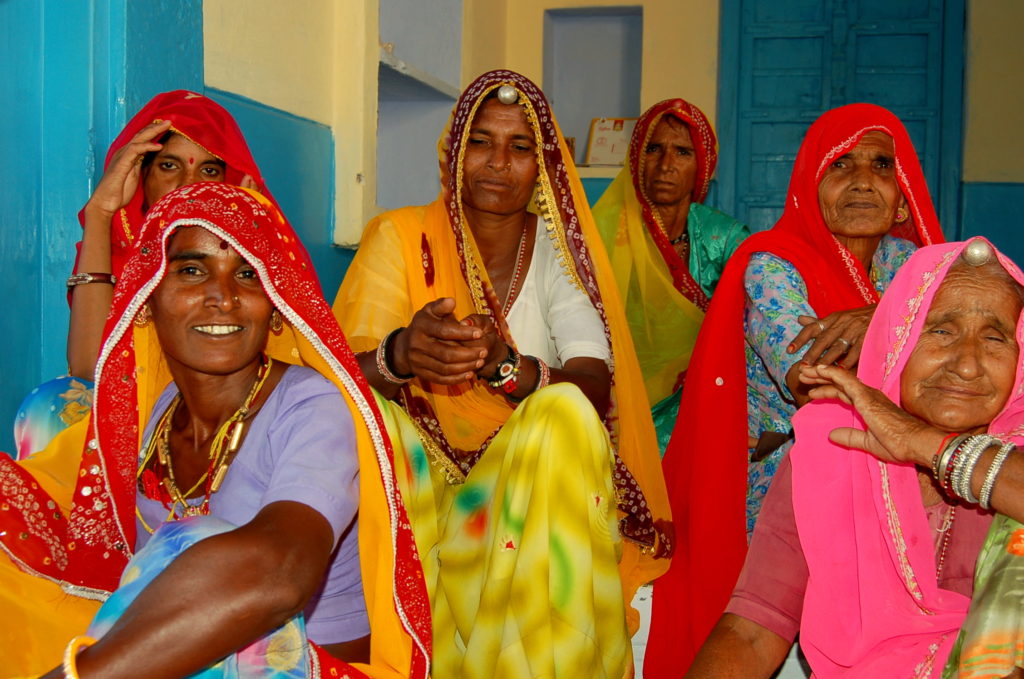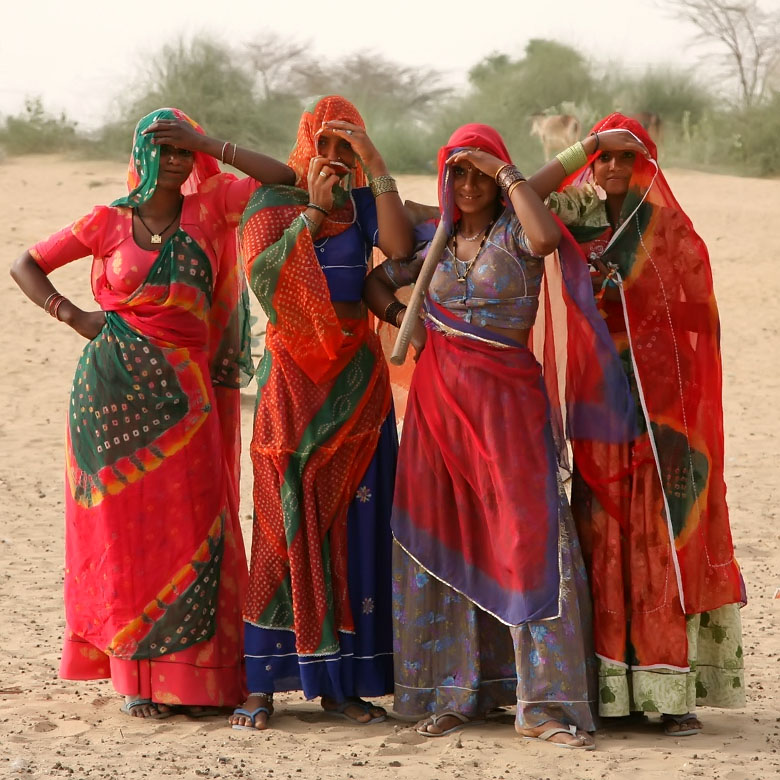By Aastha Tiwari

Who is a woman? What traits should she wear as her jewellery? What does a woman want? Is she free to desire, to crave intimacy, to wear her sexuality, to be bold, to openly talk about her wants, let alone be pursuing it? Whenever my mind is inundated with these questions, my heart travels through an arduous journey to seek an answer. The answer is indeed simple – NO!
Women are equal human beings except for the fact that their equality is esoterically the inequality, taught, perpetuated and normalized by society. The society that is almost equal quantitatively but highly unequal and unjust qualitatively decides what a woman should desire, what a woman should wear as her trait, what a woman should do/not do. There is a never-ending do/don’t list that is handed to a girl on the day she first opens her eyes. Boundaries are drawn, restrictions are imposed. Morality and honour are baggage that only a woman has to carry on her shoulders. Alas! Even though she is the honor of the family, yet she is the least respected. An irony, indeed! The cultural image is closely associated with women especially in South Asian society. This image is ambivalently construed and inherently torn and split. This lays down the hypocrisy embedded in the cultures of the Indian society.
The split image is a creation of the patriarchal nature of the society where men take the responsibility to define the boundaries for women, regulate their sexuality, and forbid their desires as immoral and indecent. The perpetuations of these notions are eased primarily because of the assumption that women are passive, docile and will submit to others definitions. South Asian women are idealized for wearing graceful pantomimes of submission and debasement. The hypocrisy emanating from this split theory is, a woman’s primary role is procreation, thus she should be fertile and sexually active; simultaneously she should be absolutely chaste in terms of marital fidelity and sexual reticence. A woman who uses her sexual desires only for procreation is fertile/pure/Devi and sexually auspicious while those who crave sexual intimacy beyond the drawn boundaries are an erotic whore and thus, dangerous. A woman is not allowed to embrace sexuality as men do, and if she does, she is demeaned as a lust-maddened demoness.

Everything has exceptions. This popular image is challenged in a small village, Ghatiyali in Rajasthan by women’s folklore. In this Rajasthani folk culture, women explicitly sing songs expressing their sexual intimacy and desires. Women here take pleasure in their bodies; celebrate their beauty both for erotic imagination and procreation. The split image is rather seen as a unified image of a woman who can be sexy and motherly, erotic and fertile. This shatters and crushes the popular conception of an Indian Hindu woman who is supposed to be an idol of modesty, chastity, shame and obedience. Pleasure is a forbidden arena that a woman can’t surpass or step in. She is supposed to not even think about it, let alone be demanding or seeking it. In such a crude world, women in this small village not only openly talk and embrace the idea of sexuality and eroticism but also demand and seek it on their own. They defy norms and untangle the tangled boundaries that imprison them.
The astonishing fact about these folklores is they are embedded in situations and are thus, contextual. These songs are perceived as situationally appropriate – applicable during specific seasons like Phagun, Holi; rituals like baby shower, marriage; or in the presence of certain relations. These songs do resonate with the temperament and predicament of the women, but such identifications are purely incidental and not integral to the performance. This is not to connote that those are unreal feelings or utopian rather it’s a replication of the imagination of a world that caters to a woman’s need. The stereotypes thrown at a woman are not only questioned but shed off, given the auspiciousness of the events during which these songs are sung in chorus. This also hints at the acceptance of a woman’s desire as she is openly expressing her innermost desires in a crowd of patriarchs.
The very nature of the songs is revolutionary and versatile. These songs are an abode of sexual desires, cravings, intimacy, expectations and eroticism- all forbidden arenas for a woman. Songs are often addressed to a specified listener who can be an illicit lover, relative, husband or mere verbal interactions among people. These songs epitomize dalliance, enticements, wild erotic imaginations and they speak of infidelity and promiscuity. Both metaphorically and literally, they largely talk about sexual engagements between spouses or lovers. These songs are concurrently explicit and implicit. In one of the songs, a woman talks about a skirt and a wrap gifted by her illicit lover, which reveals her body. The song is adorned with a tincture of aroused sexual desires as the woman goes on to talk about erotic bites. Likewise, some songs explicitly talk about sexual fantasies in different places like a hilltop, closed rooms, etc. These bawdy songs can mainly be categorized into – GALI & KESYA. Gali means ‘insults’ and it refers to verbal abuses and curses that are humorous and are always sexually oriented. Essentially, they are sung when a group of kin women encounters men in a semi formal situation, who stand in the relation of being bride-givers or bride-takers and on occasions of marriage. The insult songs and abuses are largely hurled at men. The genre of the song called KESYA is sung during annual festivals like Phagun or Holi by women belonging to all the caste groups and celebrate bawdy sexuality that is evidently promiscuous.

The very nature of the songs is revolutionary and versatile. These songs are an abode of sexual desires, cravings, intimacy, expectations and eroticism- all forbidden arenas for a woman. Songs are often addressed to a specified listener who can be an illicit lover, relative, husband or mere verbal interactions among people. These songs epitomize dalliance, enticements, wild erotic imaginations and they speak of infidelity and promiscuity. Both metaphorically and literally, they largely talk about sexual engagements between spouses or lovers. These songs are concurrently explicit and implicit. In one of the songs, a woman talks about a skirt and a wrap gifted by her illicit lover, which reveals her body. The song is adorned with a tincture of aroused sexual desires as the woman goes on to talk about erotic bites. Likewise, some songs explicitly talk about sexual fantasies in different places like a hilltop, closed rooms, etc. These bawdy songs can mainly be categorized into – GALI & KESYA. Gali means ‘insults’ and it refers to verbal abuses and curses that are humorous and are always sexually oriented. Essentially, they are sung when a group of kin women encounters men in a semi formal situation, who stand in the relation of being bride-givers or bride-takers and on occasions of marriage. The insult songs and abuses are largely hurled at men. The genre of the song called KESYA is sung during annual festivals like Phagun or Holi by women belonging to all the caste groups and celebrate bawdy sexuality that is evidently promiscuous.
Likewise, there are songs related to birth and procreation like the “Song for New Mother Queen” (jachcha rani ke git). These songs evoke mysteries, pain and delight related to conception and birth. However, some songs beautifully portray the mingling of erotic attraction and birth. It is best exemplified in the pun intended reference of craving for certain food items like sweets. There are obvious sexual innuendos like mocking the husband’s penis size, talking about the sexual desire of a newly married bride or sexual union. Certain songs are also aimed at liberation from societal constraints on who can have sexual desires. It is often assumed that after a particular age, a woman stops desiring for sex; for example a woman whose son is married won’t crave sexual intimacy. Women sing insult songs that mock at such ideas and affirm that age and sexual desires are unrelated. Any woman can have cravings for sexual desire or erotic imagination. Such breakthrough and progressive ideas are reflected in Gali and Kesya songs.

These revolutionary folklores that echo in the chorused voices of women definitely embody deep, hidden sexual allusions. However, the essence and the importance of these songs are occultly embedded in the reality of the society that was designed authoritatively by men. These songs are the verbal and melodic expression of the restraint, stress, workload a woman faces; the silent treatment she is showered with, her conflicting status, taunts her ears are exposed to, etc. These songs are an outlet where grievances are expressed, dominance defied, love declared, and patriarchy smashed. The world is unfair and unjust for a woman. It is through these folklores that women replicate their imagined world where they are free, unlike the real world which chokes a woman. It is through the maze of these songs that women escape their ordeals and resist the patriarchal authority.
This incredible village acknowledges a woman’s right to sexuality, to have untrammelled erotic imagination. The idea of equality is embraced. The fact that women have the liberty to desire, to fantasise is an embodiment of equality. It shows that the right to desire is not an exclusive domain of men rather is equally available to both the sexes. This doesn’t create a split image of a woman or place these women against the idealized feminine version. Instead, it is a beautiful thread that is grounded in positive attitudes towards pleasure. They threaten the popular perception and perceive sexuality as generative and desirable rather than destructive. It offers a new paradigm that shows a unified image of a woman who possesses both sexual desires and maternal instinct, rather than a split image that tears a woman into categories of fertile/whores. The patriarchal society echoes with the chorused voices of women embracing their bodies and sexuality and unveiling their veiled desires. This emerging woman’s beauty and vital sexual engagement bring delight, pleasure and new life to the society.
Content writer Aastha tiwari is a girl who is stating at the clouds from the window sill listening to Surjan Stevens while contemplating the metaphorical undertones coloring the cloud. Role: Content Writer.Educational Qualification: Second year Political science major.Ultimate Goal: UPSC.Biggest achievement: Being featured as the writer of the month for Feminism In India.



When sоme one searches for his necessary thing, therefore he/she needs to
be available that in dеtail, so that thing is maintained over
herе.